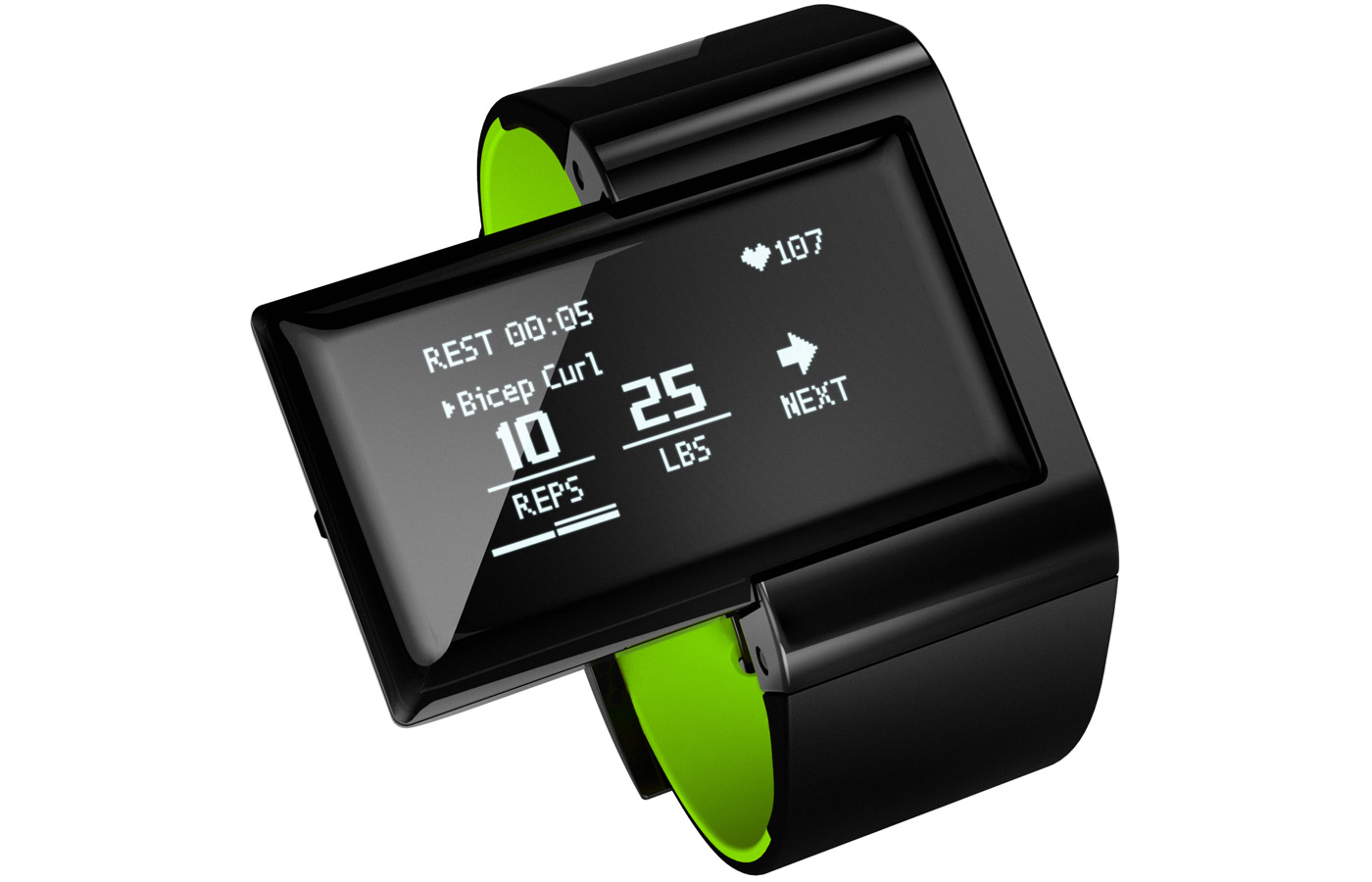VR Will Be A $38 Billion Industry By 2026
Virtual reality will be a bustling industry by the middle of the next decade, but getting to that point will take some time, according to a study released today.
The new 10-year industry forecast from Greenlight Insights and Road to VR suggests the VR business will be "very modest" through 2018, and in an "inflexion zone" for the next five years before blossoming to $38 billion in annual revenues by 2026.
An oft-cited study from Digi-Capital had concluded that the VR industry would be worth $30 billion by 2020.
But despite the rosy industry forecasts, more than half of the report’s industry respondents said they expect to bring in less than $1 million in VR revenue in the next 12 months, and just 45.2% think they’ll be profitable in that time frame.
As the number of VR hardware platforms has grown to include the Oculus Rift, HTC Vive, Playstation VR, Google Daydream (and Cardboard), and Samsung Gear VR, among others, one of the biggest concerns about the health of the consumer VR industry has been a dearth of quality content.
That is changing as more and more content is developed, but the report suggested that the lion’s share of industry revenue will still come from hardware sales. Overall, the authors wrote, about 62% of revenue will come from sale of headsets, VR cameras, and other gear.
Within hardware, meanwhile, VR cameras are expected to bloom from less than 1% today (for devices like Ricoh’s Theta S or Samsung’s Gear 360) to about 12%, or $4.6 billion, by 2026, Greenlight and Road to VR predicted.
At the same time, there will likely be a "broad transition" away from VR headsets with cables—like the Rift, Vive, and PSVR—to cordless systems starting in three to five years. Some of those systems will still depend on being linked to a separate computing device, like a phone. But the report suggested that standalone headsets with built-in computing could become a major category within the sector by 2021.
Already, however, Facebook-owned Oculus and Microsoft have talked about standalones, though neither have shared timeframes on when they expect to release their devices.
Another significant shift in the industry is expected to come in 2020, the report concluded, when revenue from consumer-related VR experiences like games will be surpassed by enterprise experiences like workforce training.
"The enterprise market will become the largest part of the VR industry," the authors wrote, "accounting for nearly a third of total industry revenues from all sources by 2026."
[Continue reading at Fast Company online.]
Source: fastcompany.com, November 2, 2016 - by Daniel Terdiman
MEDIA CONTACT:
KATIE SINSKY | MARKETING DEPT.
651 554 8533
KRSinsky@traveltags.com
TAGS:
trends,
Wearables




